Positive changes
Referring to the concept of "green" in urban areas, experts affirmed that in Vietnam, the term "green" has been mentioned in State policies such as Resolution No. 148/ND-CP dated November 11, 2022 promulgating the Government's Action Program to implement Resolution No. 06/ND-TW dated January 24, 2022 of the Politburo on planning, construction, management and sustainable development of Vietnamese urban areas to 2030, with a vision to 2045. However, currently there is still no complete and unified concept of green urban areas and green infrastructure in urban areas.
However, although there are no complete and unified concepts, for many years now, all levels and sectors of Hanoi have implemented measures to build a green urban area in a sustainable direction according to "soft" criteria such as: green urban area; green infrastructure; green traffic; green drainage; green water supply; green parks; green lighting; green waste management; green environmental sanitation.
For example, in the field of green waste management, at the end of 2022, Hanoi City put into operation the Thien Y Waste-to-Energy Incineration Plant - a project of great significance in changing the method of treating household waste in the capital in a modern direction, ensuring environmental hygiene. Along with that, the City has conducted a pilot program of waste classification at source in 4 inner-city districts: Hoan Kiem, Ba Dinh, Dong Da and Hai Ba Trung to raise awareness and sense of environmental protection of organizations and individuals in the area.
In terms of green transportation, Hanoi has implemented many measures to mobilize and encourage people to use public transportation and limit personal vehicles. In particular, the city has focused on developing environmentally friendly transportation systems such as electric trains, electric buses, public bicycle rental services, etc. to limit emissions that affect the environment of the capital.
In particular, in the period of 2016 - 2020, the Department of Construction assigned functional units to plant 987,187 shade trees, various types of forest trees; 113,155 single trees, clumps; 147,450m2 of trees and grass fields according to the program of planting 1 million trees.
In addition, implementing Plan No. 76/KH-UBND dated March 8, 2023 of the Hanoi People's Committee on planting 500,000 new urban trees in the city in the period of 2021 - 2025, functional units have planted 101,758 trees, and plan to continue planting about 400,000 trees in the near future. In addition to renewing old spaces, Hanoi is implementing the construction of 9 new large-scale parks.
Filling the policy “gap” early
Referring to the construction of green urban infrastructure, many experts affirm that this is a task that cannot be done or completed overnight. However, in order for the above goal to soon come into practice, it is necessary to have changes in policies to remove difficulties and obstacles, and mobilize the participation of economic sectors in the development of green urban areas.
Specifically, according to Ms. Nguyen Minh Thuy - Institute for Urban Research and Infrastructure Development, environmental protection in general and urban environmental sanitation in particular have been specifically regulated in the current system of legal documents. These are major steps forward in the development and promulgation of policies and legal documents on environmental management in general and urban environment in particular.
In Vietnam, land-based solid waste disposal contributes approximately 54.28% of the country’s greenhouse gas emissions. Due to data shortages, precise data on emissions in tons or other units are not specifically mentioned in available data sources.
However, it should be noted that the majority of these emissions are methane - a toxic greenhouse gas released when organic waste decomposes in landfills, and about 85% of the nation's waste goes straight to landfills without any treatment.
Ms. Sarah Remmei - Environmental Urban Planning Expert Spatial Decisions
However, in our country's legal policy system, there is still a lack of specific regulations for a number of areas such as urban environmental management, solid waste management, reform, and promotion of sustainable development of the urban drainage and sanitation sector. In addition, legal policies related to urban issues in general and urban environmental sanitation infrastructure in particular have not been recognized promptly, so they are quite limited and have not received due attention in the face of rapid urbanization.
On the other hand, the law related to urban environmental sanitation is currently in many legal regulations belonging to different sectors with diverse issuing entities and different regulatory mechanisms.
“Environmental sanitation is a “living organism”, related to many fields, especially planning, construction, population, science and technology... Therefore, only general regulations without specific laws will make environmental sanitation ineffective” - Ms. Nguyen Minh Thuy raised the issue.
Sharing the same view, Mr. Nguyen Duc Hung - Director of the Hanoi Technical Infrastructure Management Center said that the capital's green tree system has been playing an important role in building a green city. However, up to now, Hanoi still does not have technical economic norms and public service prices for the management, supervision, maintenance and upkeep of the urban green tree system; has not issued a list of trees encouraged to be planted, trees restricted to be planted and trees prohibited to be planted in urban areas as a basis for management work... causing many difficulties in building a green city.
On the roads and streets in 12 inner-city districts and 17 districts and Son Tay town, the volume of management according to the unit's hierarchy is 2.4 million m2 of lawns, trees, hedges, perennial flowers, ornamental plants; 1,500 m2 of seasonal flowers; about 194,000 shade trees, 510,000 acacia, cajuput, eucalyptus trees on 644 streets of 12 districts, 107 highways, national highways, beltways, provincial roads, roads in districts and Son Tay town. According to incomplete statistics, the district-level People's Committee manages about 460,900 trees in the remaining areas...
Nguyen Duc Hung - Director of Hanoi City Technical Infrastructure Management Center
Source: https://kinhtedothi.vn/ha-no-luc-xay-dung-do-thi-xanh-ben-vung.html



![[Photo] General Secretary To Lam attends the 80th Anniversary of the Cultural Sector's Traditional Day](https://vstatic.vietnam.vn/vietnam/resource/IMAGE/2025/8/23/7a88e6b58502490aa153adf8f0eec2b2)
![[Photo] Prime Minister Pham Minh Chinh chairs the meeting of the Government Party Committee Standing Committee](https://vstatic.vietnam.vn/vietnam/resource/IMAGE/2025/8/23/8e94aa3d26424d1ab1528c3e4bbacc45)






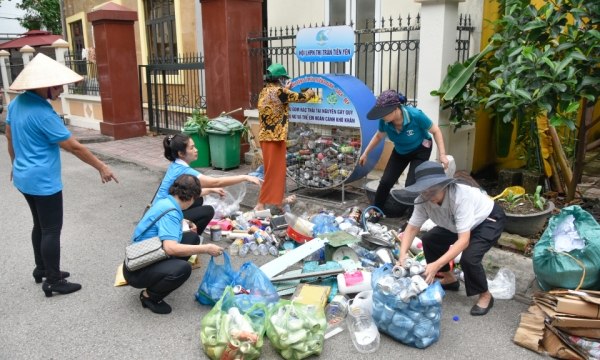

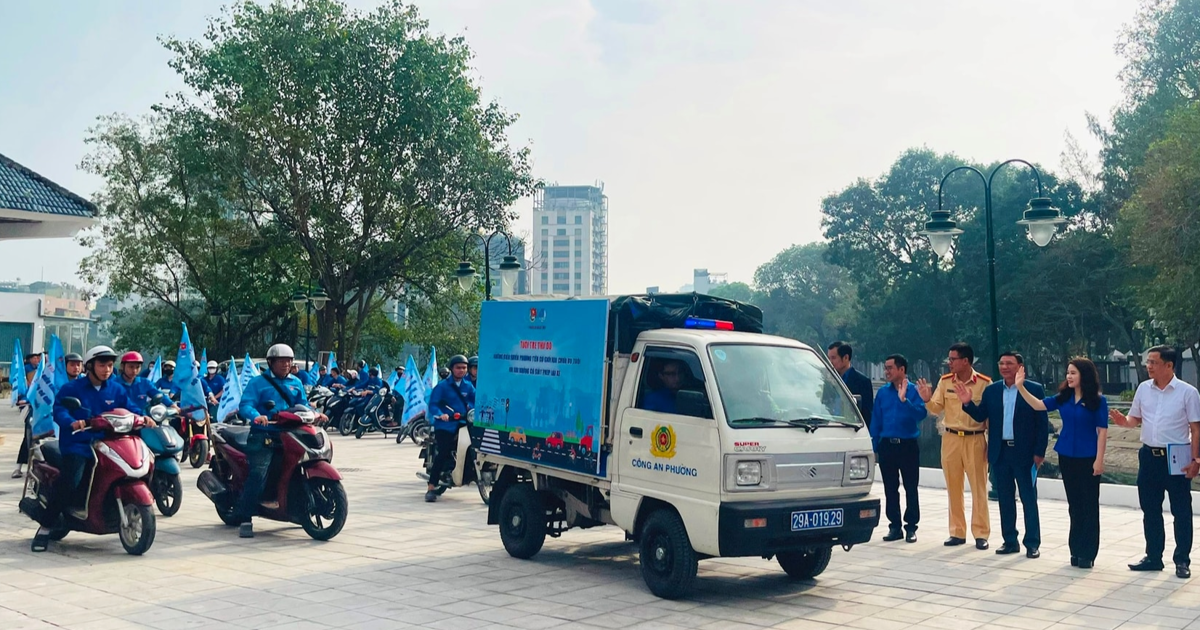
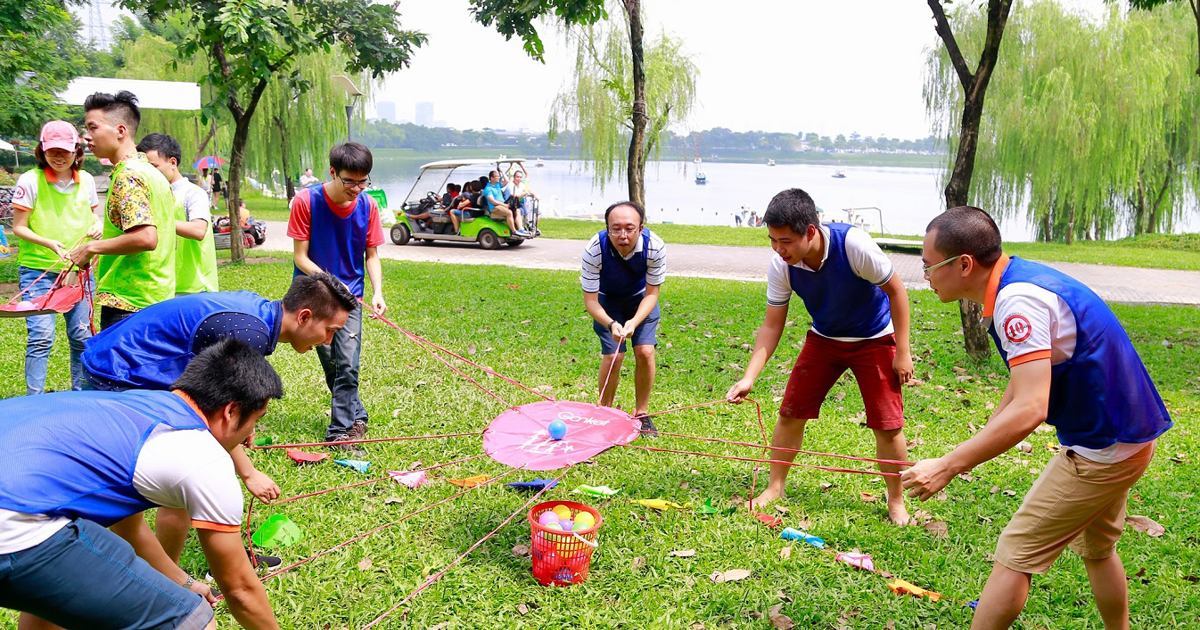
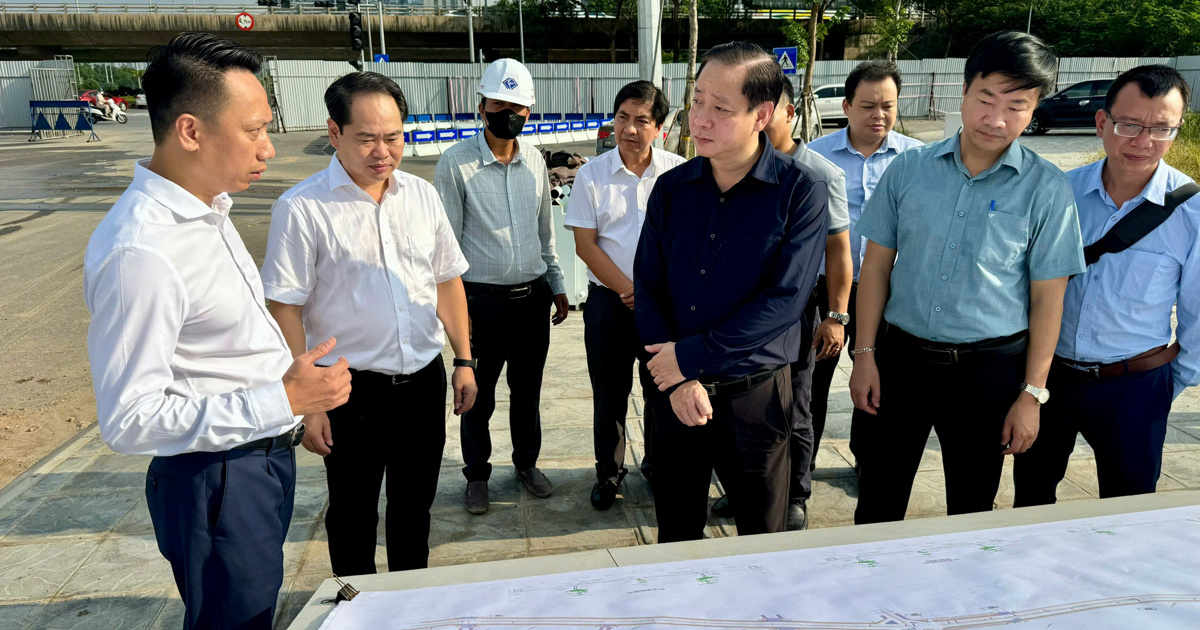
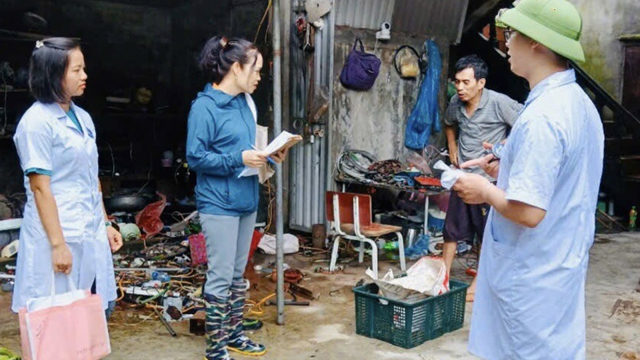
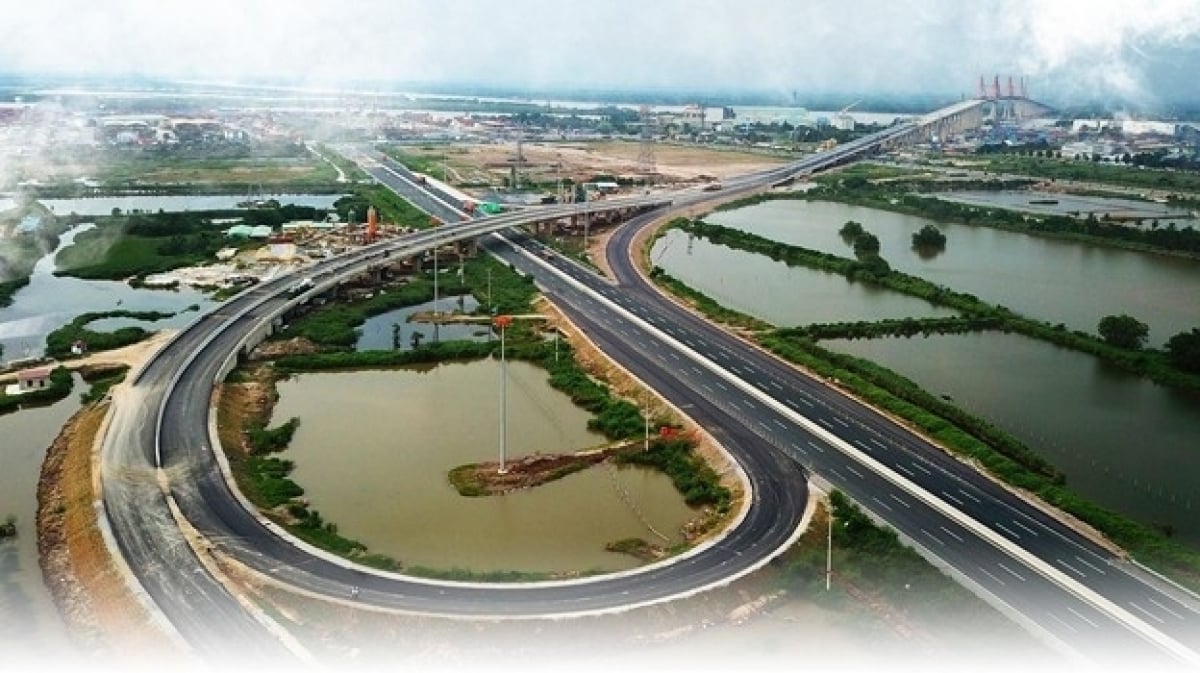



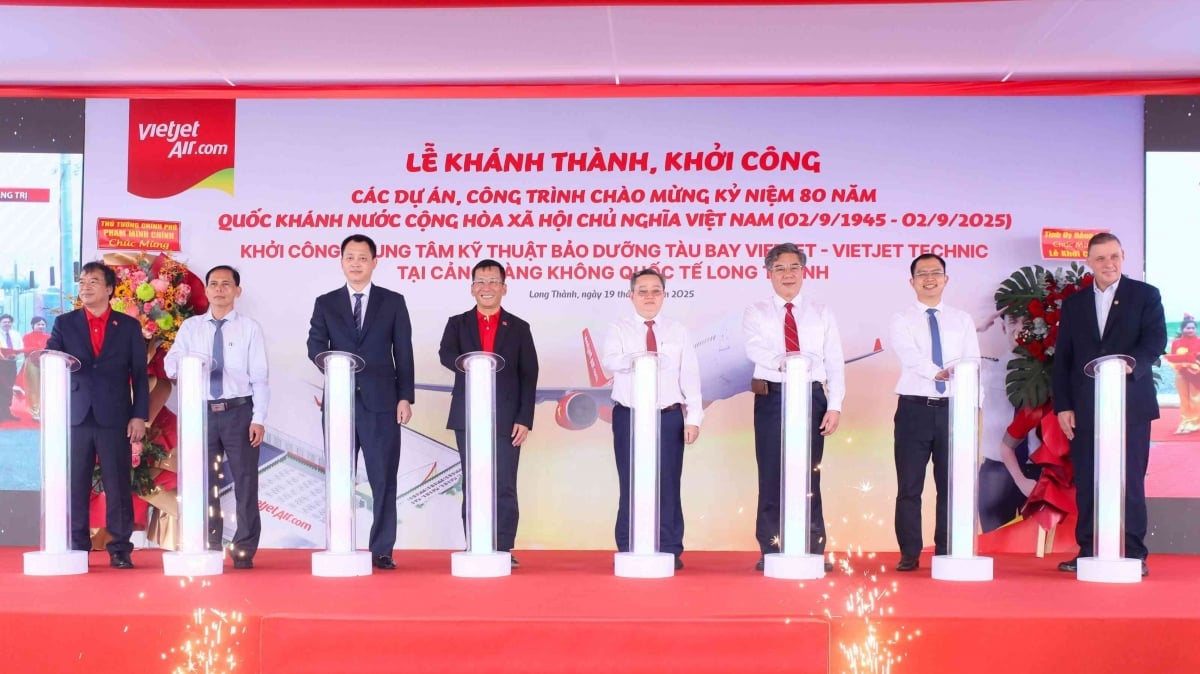







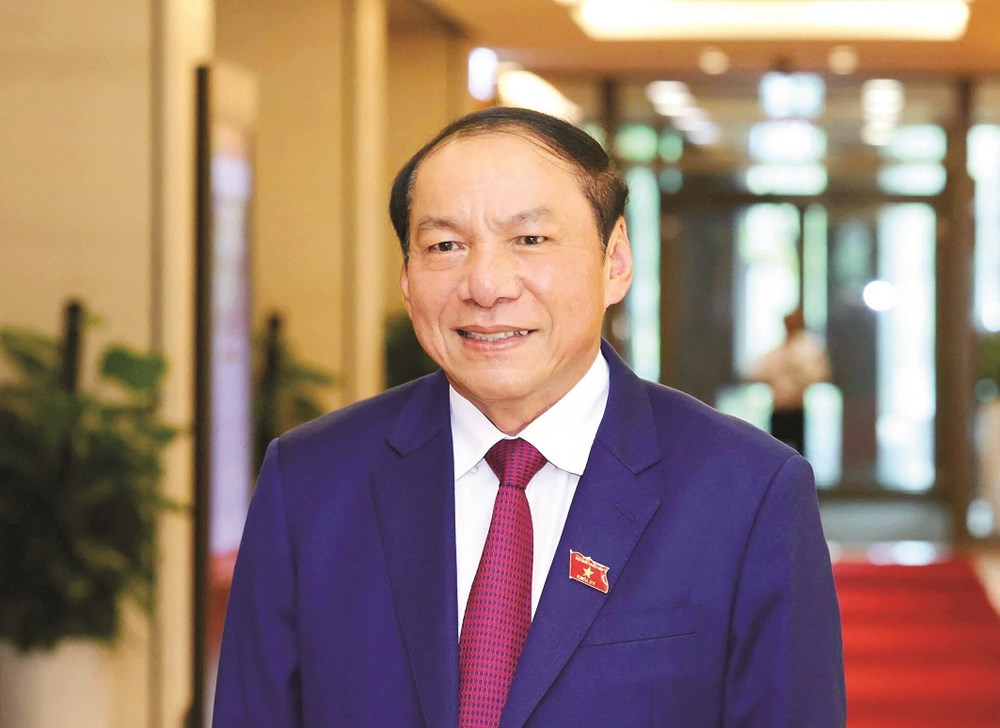
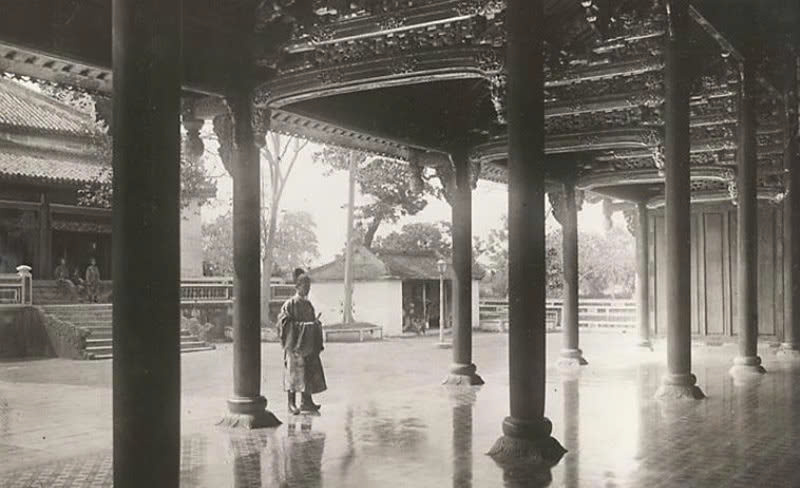
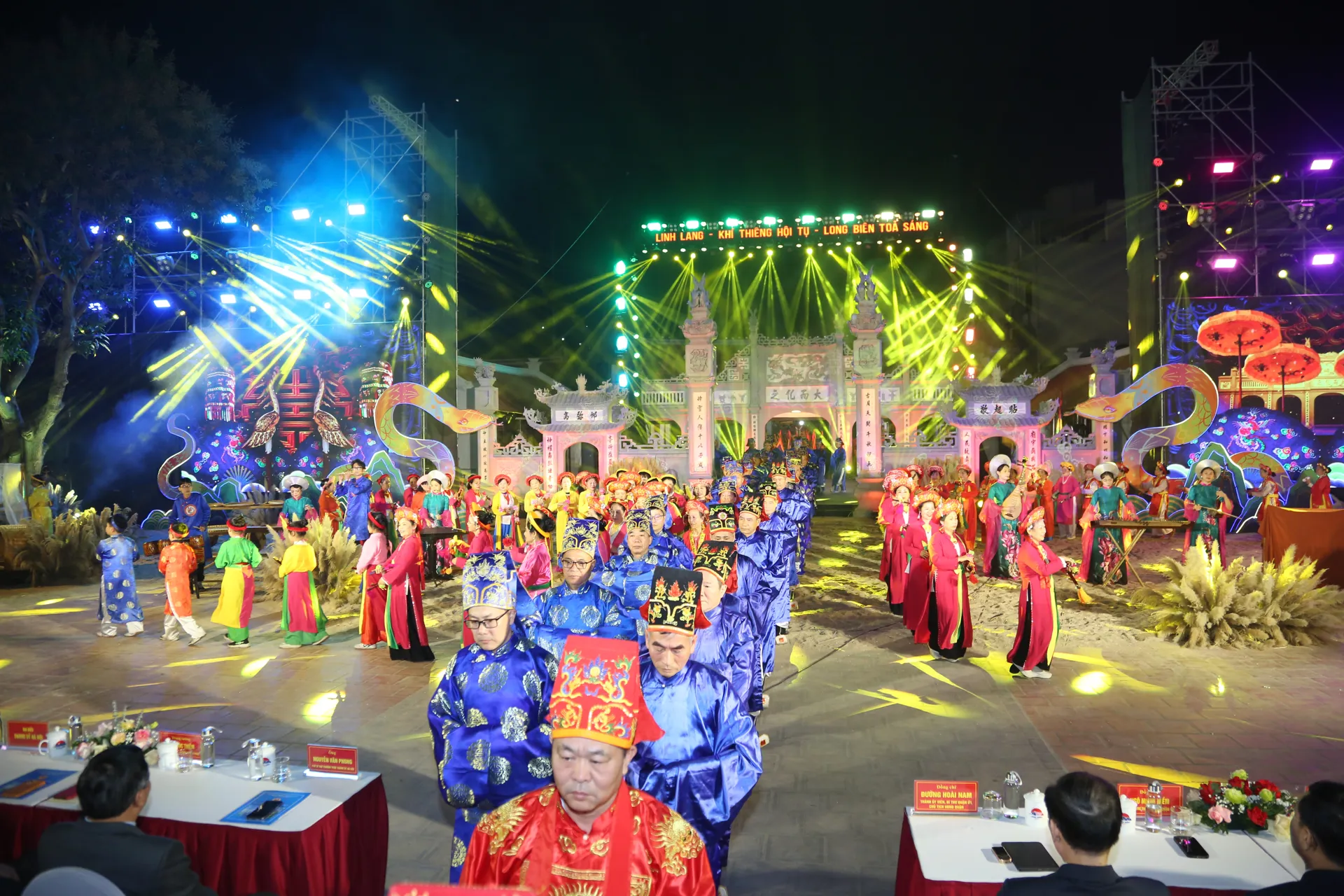
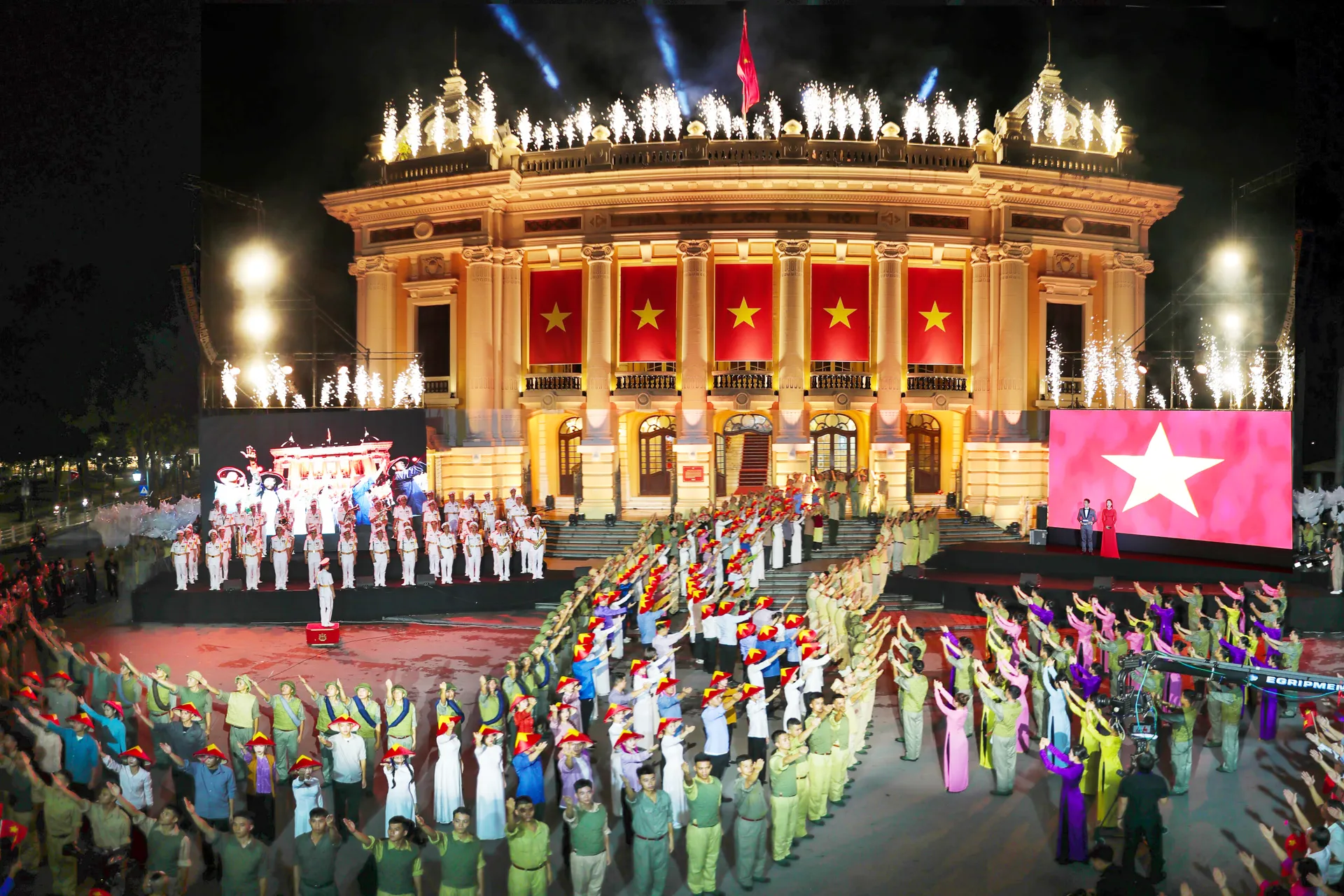

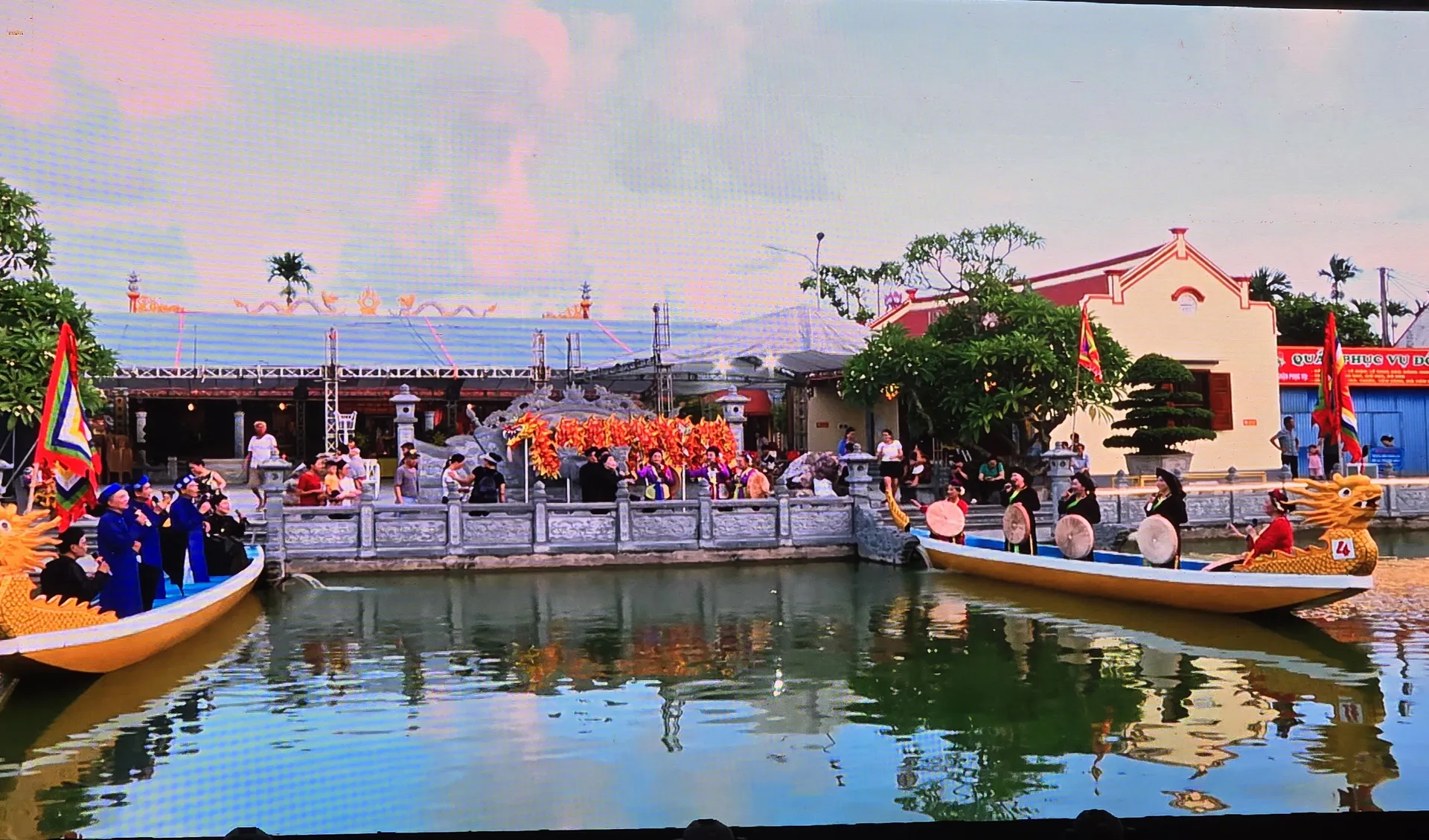











































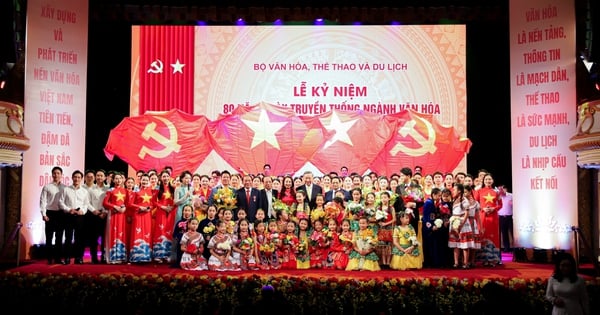


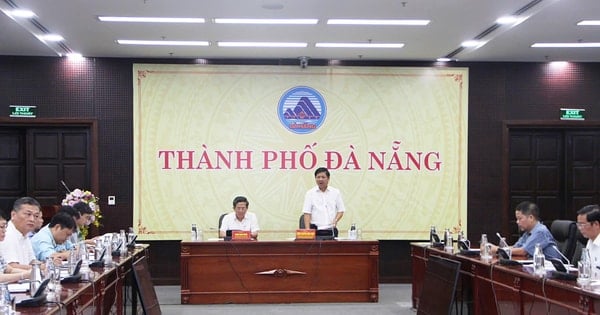



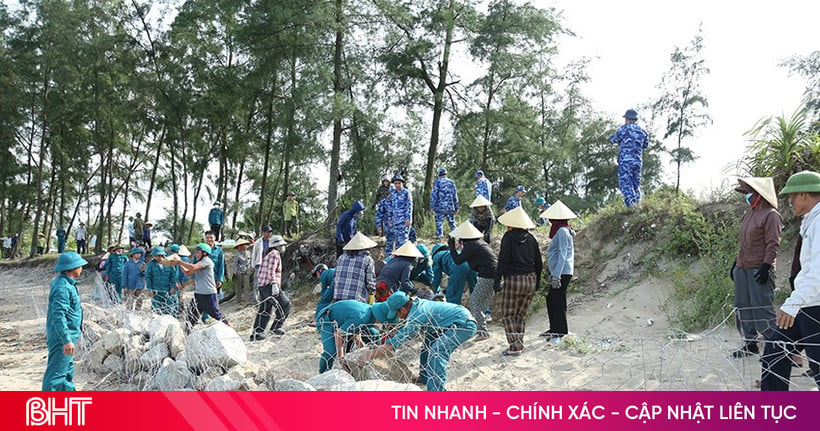

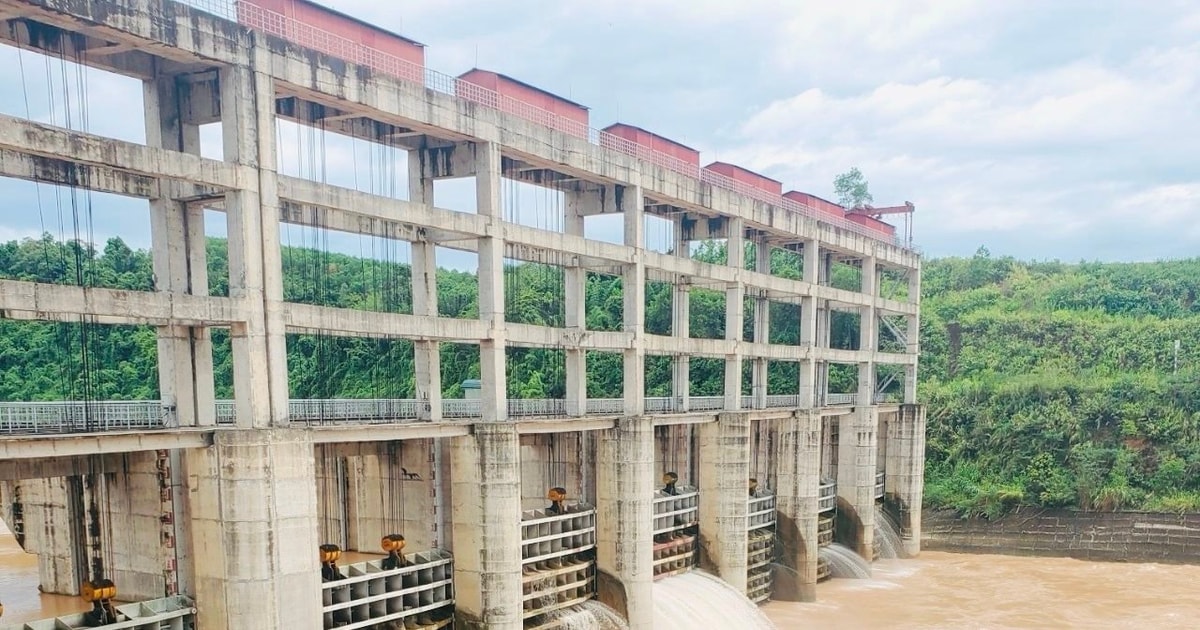
















Comment (0)